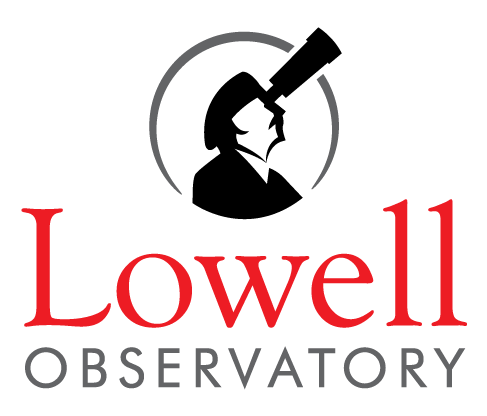Stellar eruptive events, such as flares and coronal mass ejections (CMEs), can disrupt the stability of planetary atmospheres, affecting planetary habitability. For instance, strong stellar flares and CMEs can trigger atmospheric instability (e.g., atmospheric escape and photochemistry). While stellar flares have been observed and characterized at a wide range of wavelengths, the properties of stellar CMEs remain relatively unconstrained due to the difficulty of observing them. In this context, the Sun can provide information on the potential characteristics of CMEs on solar-type stars. Here, we present our work that builds upon results from Aarnio et al (2011,2012) who correlated solar solar X-ray flare peak flux with the mass of flare-associated solar CMEs using solar data collected during Solar Cycle 23 (1996-2006). We extend the wavelength- and temporal-coverage of these correlations by incorporating far-UV (FUV; 1600A) data throughout Solar Cycle 23 and 24 (1996-2019). Using three different space missions: CME rate and mass from LASCO/SOHO; X-ray flare information from XRS/GOES, and FUV flare peak flux from SDO/AIA1600. We report a correlation between FUV peak flux and the mass of solar X-ray flare-associated CMEs. Our correlations are applicable to other Sun-like stars and can aid in the characterization of stellar mass-loss rates, and when assessing the potential habitability of exoplanets orbiting sun-like stars.
